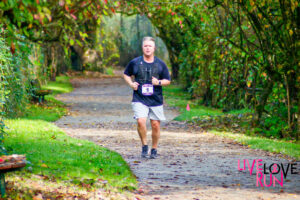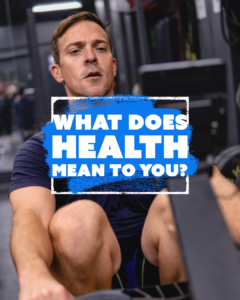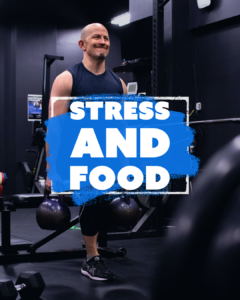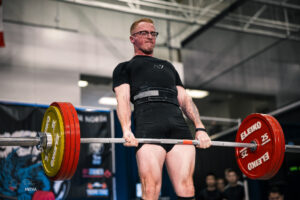This week, we’re featuring nutrition coaching client Christian White! Christian originally
came to Coach Kate with the goal of losing weight to compete in his first half- marathon, and was hesitant when Kate recommended he increase his food consumption rather than restrict. Regardless, he trusted the process and has now successfully completed not one, but two half-marathons, with another taking place this Sunday, November 5 th ! Christian’s transformation from chronic dieter to fueling for performance is inspiring, and we wish him the best of luck in this weekend’s race!

1. What did you want from coaching?
I was hoping to find a long-term sustainable approach to eating. Specifically, a plan that would work for me throughout the year and was not something I cycled through.
2. How were you feeling about nutrition prior to coaching?
Prior to nutrition coaching, I was skeptical. I assumed that this would be another app-oriented, calorie counting, food-weighing methodology. In the past these approaches gave me only short- term benefits, then I would get tired of the logging and tracking and slide back to old habits.
3. What had you tried in the past?
In the past I tried many different nutrition plans such as keto, lower calorie intake and tracking using MyFitnessPal. However, the “aha” moment with Kate was when I realized I needed to be consuming for performance and not weight loss. I made the incorrect assumption that I needed to remove the fun foods and restrict calories to reach my fitness goals, when in fact I needed to bring moderation to the fun foods and significantly increase the volume of healthier foods. It was initially difficult for me to grasp the idea that reaching my goals could be done by increasing my consumption.
4. Why did you decide to work with Coach Kate?
I decided to work with Kate out of curiosity to start. When she told me I was not going to be weighing food, calorie counting or using some detailed tracking system, I felt that her approach was sustainable. Sustainable was not something I was used to.
5. How would you describe your sessions?
Kate’s approach was not abrupt. It was quite subtle. It did not require me to totally remove certain foods or only eat at home. She zeroed in very quickly on where my diet was lacking and we focused primarily on adding foods as opposed to taking away food, which is what I was used to.
6. What are some successes you’ve had from nutrition coaching? How do they make
you feel?
The three most significant successes I have from Kate’s nutrition coaching are weight loss, performance recovery and focus. The most interesting part of my weight loss is that I have been eating more food volume now than I was before. My meals are larger, and I snack, multiple times per day, which I was previously not doing. Prior, my recovery from longer distance runs or high intensity training sessions would take me many days to recover. My recovery days are 1-2 days max now. My overall energy levels have improved also.





